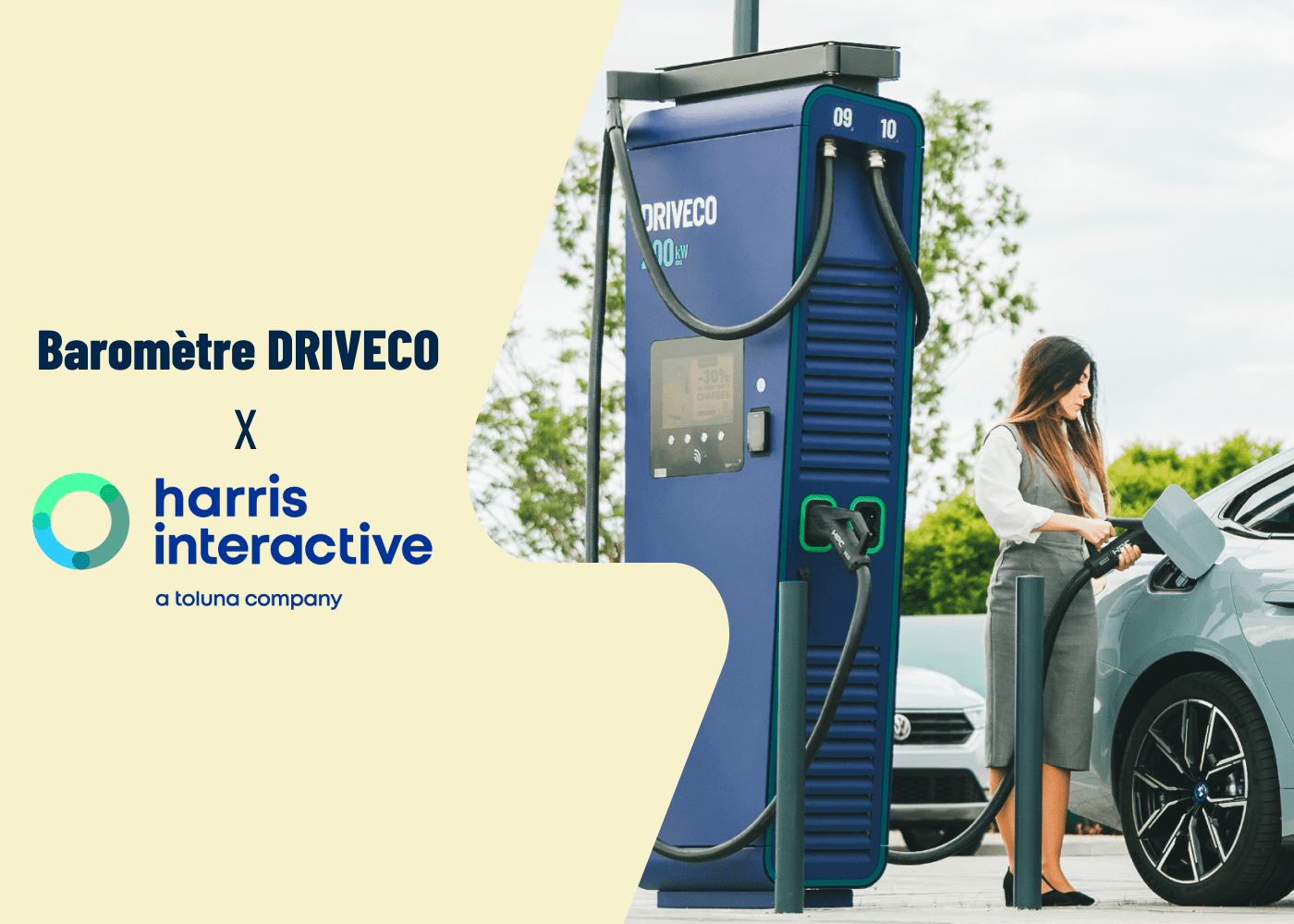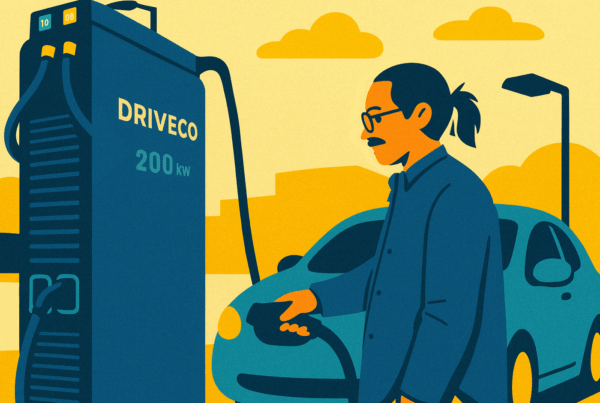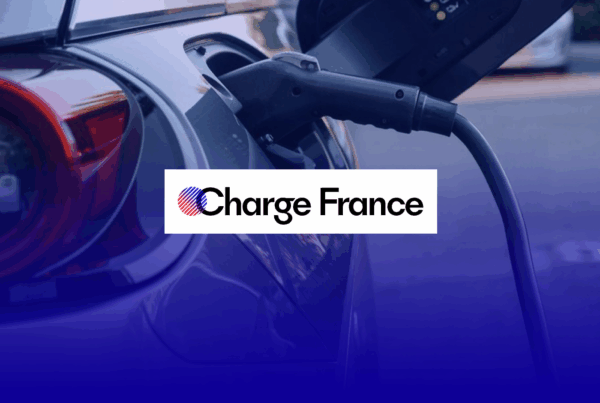Electric mobility is no longer just a promise: it has now become part of daily life for millions of French people. In 2025, the electric car market presents a picture that is both contrasting and optimistic: record driver satisfaction, growing enthusiasm among young people, despite persistent obstacles, particularly vehicle purchase prices. Each year, the perception of electric cars evolves, and this new edition of the DRIVECO – Toluna-Harris Interactive barometer highlights major trends and the real challenges of this transition. Here are 10 key figures that illustrate the progress of electric cars.
Au sommaire de cet article :
98% satisfaction: electric makes people happy
98% of electric car drivers are satisfied with their vehicle, a figure up 3 points from the previous year. This satisfaction is easily explained: driving comfort, on-board silence, reduced usage costs, and vehicle quality. For many drivers, switching to electric changes their daily driving experience, making it more pleasant and serene.
The finding is clear: electric drivers don’t regret their choice, quite the contrary. This high satisfaction demonstrates the technological maturity of current electric vehicles.
Download the study
Electrified youth: 71% positive image among 18-24 year-olds
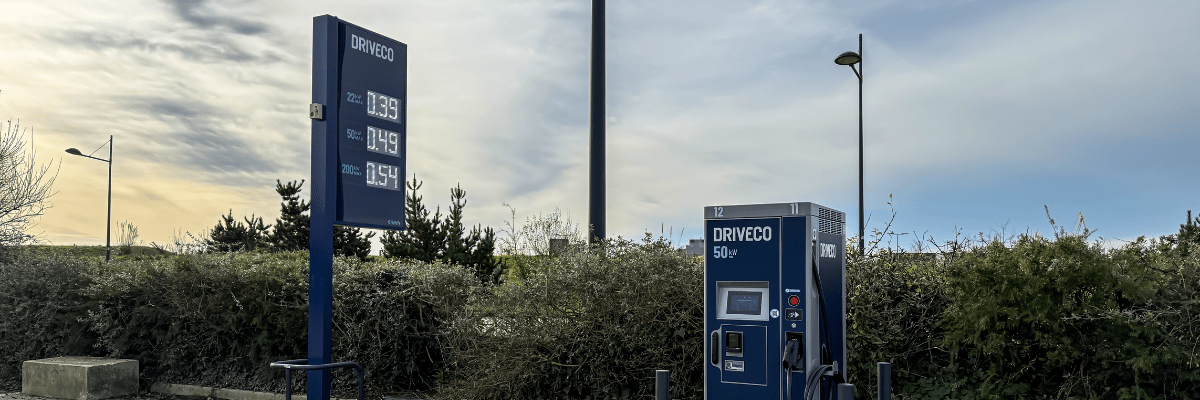
Nearly 3 out of 4 young people (71%) have a positive image of electric cars in 2025, a 4-point increase in one year. This figure is even higher among those already driving an electric vehicle: 87%, up 5 points from 2024.
This positive image is progressing significantly, particularly among younger generations and in urban areas. Electric vehicle owners display enthusiasm notably higher than the rest of the population, especially regarding ecological and innovation aspects. For them, electric represents a form of assumed modernity and active participation in the energy transition.
Key takeaway :
Youth is the driving force behind electric adoption. This enthusiasm suggests an acceleration in sales in the coming years.
Daily electric vehicle use: all-terrain usage
72% of electric vehicle owners use it several times a week for all types of trips (daily, weekend, vacation), a 3-point increase. Additionally, 42% go on vacation or weekend trips at least once a month with their electric vehicle (+2 points compared to 2024).
This figure proves that electric vehicles are no longer confined to short urban trips. Drivers have adapted their habits and no longer hesitate to use them for long journeys, particularly among younger generations and Parisians. Electric becomes automatic, for all uses.
Electric vehicles have become versatile: they now meet all mobility needs, from daily commutes to long getaways.
Purchase intention is growing: 1 in 5 French people ready to take the leap
20% of French people plan to buy an electric vehicle as their next vehicle.
This relatively low purchase intention is explained by persistent identified barriers: high purchase price, perceived insufficient range, still-emerging used vehicle market, doubts about practicality, and lack of confidence in the very vocabulary of “transition.” There’s a gap between interest in electric and making the purchase, a divide that must be bridged through information, support, and appropriate financial solutions.
The gap between positive image and purchase intention shows we must continue to inform and closely support future buyers.
Financial accessibility: priority for accelerating adoption
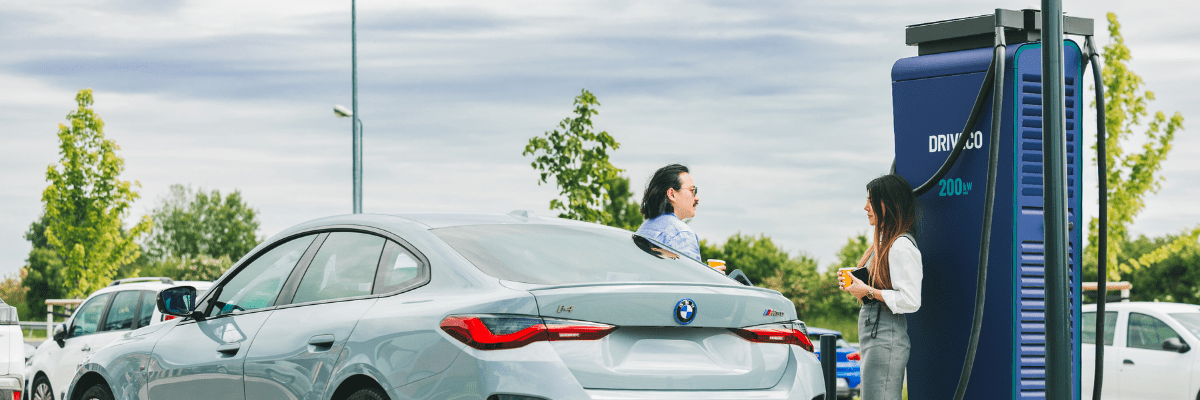
57% of French people cite purchase price as the main barrier, a 9-point increase from 2024. Range considered too low comes in second place, mentioned by 45% of respondents (stable compared to the previous year).
Today, initial cost remains the major obstacle to adoption. Range and charging station availability remain important concerns, but it’s the wallet that dictates choices. A generational and territorial divide emerges: young and urban residents emphasize infrastructure as the main barrier (29%), while older people particularly fear the electric vehicle purchase price (62%) and sometimes question the overall ecological balance (23%).
Key takeaway:
Purchase price remains a challenge, but government subsidies pave the way for better accessibility. Support mechanisms like social leasing will be crucial for expanding access.
Record attachment: 50% “very attached” to their vehicle
50% of electric drivers say they are “very attached” to their vehicle (+3 points from last year), compared to 44% for thermal vehicle drivers.
Being “very attached” reflects genuine love for one’s vehicle, far beyond simple satisfaction. Electric drivers display the strongest attachment of all motorists. This passion is explained by the pleasure of driving a modern and quiet vehicle and the satisfaction of concretely contributing to the ecological transition.
Home charging: access is becoming fragile
In 2025, 78% of electric car owners can charge at home, compared to 85% in 2024, a 7-point decrease.
This decline reflects the expansion of electric vehicle fleets in dense urban areas and condominiums, where access to private charging solutions is more complex. Drivers are diversifying their charging locations: workplace, shopping centers, public parking lots… This evolution underscores the crucial importance of developing charging solutions at workplaces and destination sites. At DRIVECO, we support this transformation by installing stations where you live, work, and shop.
democratizing electric requires rethinking charging models beyond home, toward a multimodal approach accessible to all.
Public charging: satisfaction confirmed
82% of electric vehicle owners are satisfied with public charging in 2025, a stable level compared to 2024. But satisfaction is deepening: the share of “very satisfied” rises from 43% to 45%.
Progress is notable across several dimensions: ease of using charging stations (+4 points), information on their location (+5 points), and operational status (+2 points). Public charging infrastructure is gaining maturity and reliability, better meeting driver expectations. At DRIVECO, this evolution reinforces our mission: deploying accessible, reliable, and easy-to-use charging stations everywhere you go.
What should we take from this?
Youth is the driving force behind electric adoption. Its massive support heralds an acceleration of the transition in the coming years.
Fast charging stations favored: speed becomes priority
54% of electric vehicle drivers favor fast charging stations (50-150 kW) in 2025, a 4-point increase. Normal charging stations (<22 kW) are still used by 32% of drivers, while ultra-fast stations (>150 kW) appeal to 13% of them.
Drivers are massively turning to fast charging, which better responds to intensive use and long-distance trips. This rise in fast charging stations reflects a need for efficiency and time savings, particularly among high-mileage drivers who cover many kilometers each year. Waiting time at stations is reduced, the experience improves.
Fast charging is becoming the norm, but infrastructure must still develop to make electric mobility accessible to all.
Ideal range: a dream that remains high
The range considered acceptable for an average electric car stands at 653 km. For those considering buying an electric vehicle, this requirement drops to 564 km.
These expectations far exceed the actual ranges of 2025 models. They mainly reveal a lack of understanding of real usage and fear of breaking down on a long trip. Yet, the average range of daily trips in France is much lower. This fear hinders adoption and requires more information and concrete testimonials.
Range therefore remains a major concern, but it relates more to perception than actual usage. Informing and reassuring remains essential.
Electric vehicles: where does adoption stand in France?
The figures from this exclusive 2025 study conducted by DRIVECO with Toluna Harris Interactive confirm the progress of electric cars in France. Record satisfaction, growing attachment, and usage versatility: drivers are won over. The challenges identified around price and accessibility represent innovation opportunities to further democratize electric.
At DRIVECO, we’re convinced that the electric transition happens on the ground, close to where people use them. That’s why we’re deploying reliable, accessible, and easy-to-use charging stations everywhere you go: in daily life as well as on vacation, at work as well as while shopping.
“The energy transition must be simple, accessible, and visible everywhere. And innovation is only worthwhile if it serves impact,” says Ion Leahu-Aluas, CEO of DRIVECO. Electric is no longer a promise: it’s a reality in motion, which we accelerate every day.


